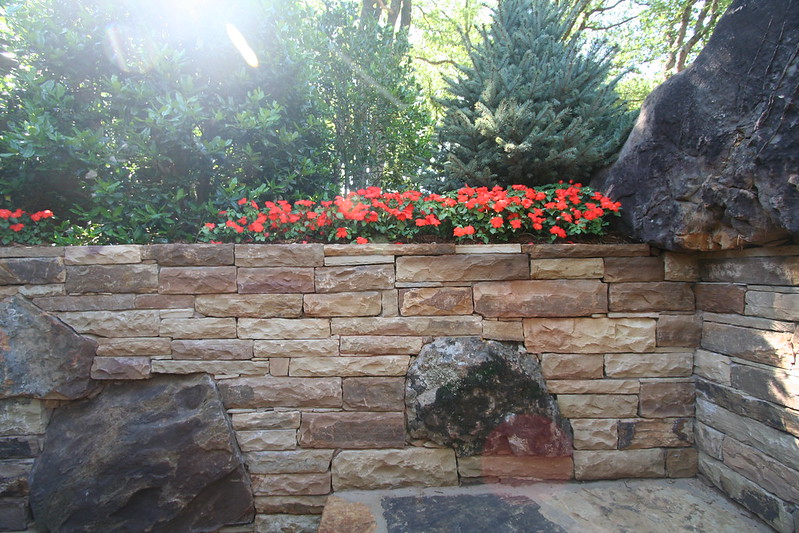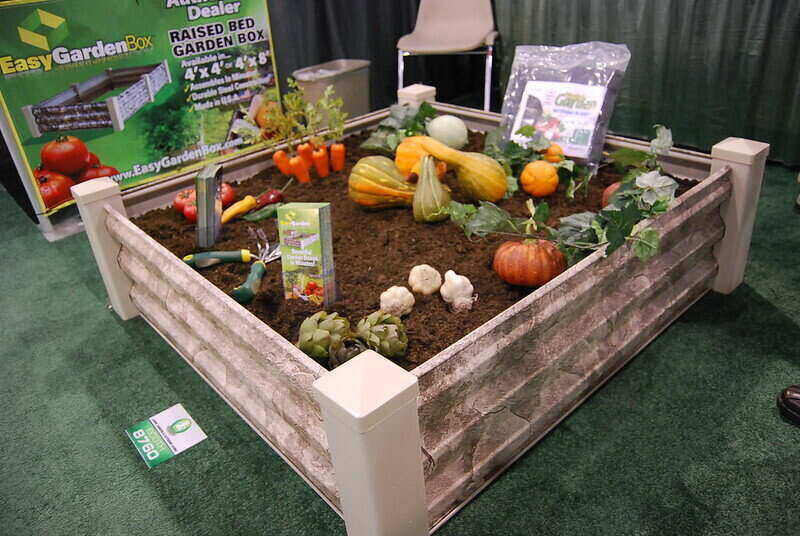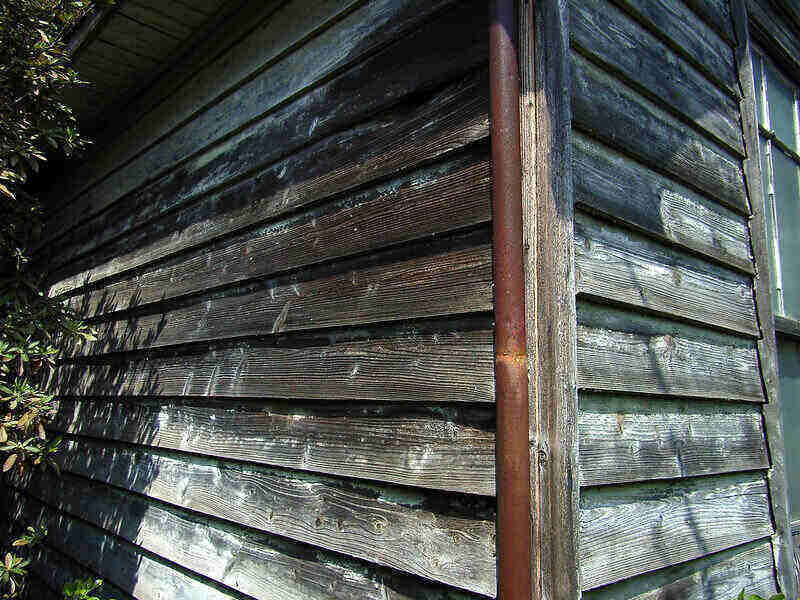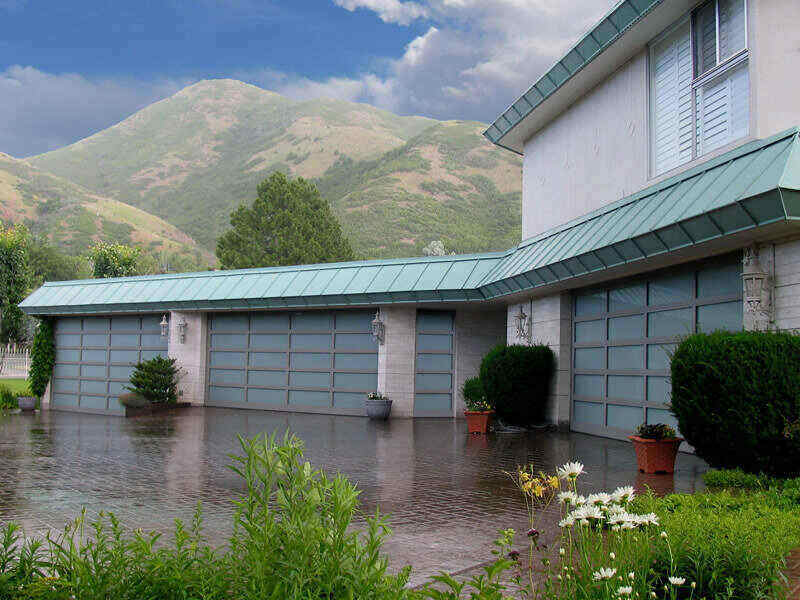Also known as landscape curbing, edging creates a beautiful border for your garden, flower beds, or trees. Depending on the type of material, project size, labor costs, and other factors, landscape edging costs around $1,170 on average. But you can expect to pay anywhere from $630 to $1,710.
On the low end, landscape curbing costs can be as low as $360. If you want to use more high-end materials, the cost may be as high as $3,060. So, consider all factors involved before embarking on your edging project.
In this article:
- Average Landscape Edging Costs
- Cost Estimator By Size
- Other Factors that Affect Cost
- Related Services
- Pro Cost vs. DIY Cost
- Cost by Location
- FAQs
Average Landscape Edging Costs in 2025
| National Average Cost | $1,170 |
| Typical Price Range | $630 – $1,710 |
| Extreme Low-End Cost | $360 |
| Extreme High-End Cost | $3,060 |
Typically, landscape curbing costs between $630 and $1,710, with most projects involving around 180 linear feet of edging on average. However, regional differences in material and labor costs will push your prices higher or lower.
You might pay closer to the low-end cost if you opt to install cheaper materials such as brick or even plastic. Taking the DIY approach to edging also can save you a lot of money. But if you have more budget, you could hire a landscaping professional to install your curbing and use high-end materials, such as granite.
Landscape Edging Cost Estimator by Size
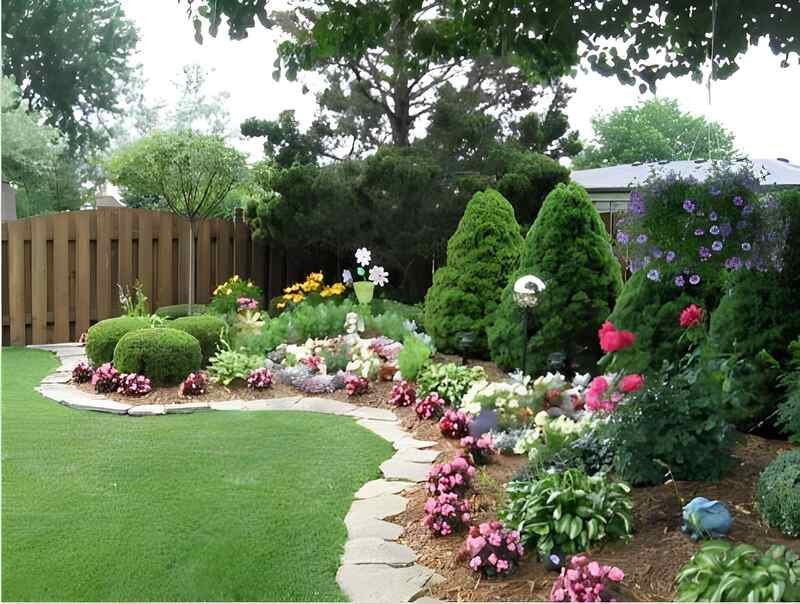
Your lawn or garden’s size plays an important role in determining the final cost of your edging project. Comparing two projects that use the same type of material, the one involving the larger area will cost more than the other.
The average landscape curbing cost is roughly around $2 to $11.50 per linear foot. So, for 180 feet of edging, you may pay a total installation cost of $360 to $2,070, depending on materials and labor costs.
Based on the size of your project, edging would cost around:
| Project Size | Typical Cost Range (materials and labor) |
| 12 linear feet | $24 – $138 |
| 32 linear feet | $64 – $368 |
| 50 linear feet | $100 – $575 |
| 80 linear feet | $160 – $920 |
| 100 linear feet | $200 – $1,150 |
| 180 linear feet | $360 – $2,070 |
Other Factors That Affect Cost
Aside from the size of your project, other factors can raise or lower your landscape curbing project costs.
Type of Material
The edging materials you choose will largely depend on your taste. Keep in mind, though, that some of the high-end options will cost more. The most popular materials are brick, concrete, and stone. In terms of price, plastic is the most affordable, while the most expensive is granite.
| Type of Material | Average Price Per Linear Foot (excluding labor) |
| Brick | $2 – $4 |
| Concrete | Decorative: $3 – $9 Poured: $3 – $8 Precast: $2 – $3.50 |
| Granite | $15.50 – $24.50 |
| Metal | $1.70 – $4.70 |
| Plastic | $0.50 – $3.25 |
| Rubber | $2.25 – $4.25 |
| Stone | $2.50 – $10 |
| Wood | $2.90 – $8 |
Brick
Homeowners who want an almost rustic, timeless appeal can opt for brick edging. Apart from adding a classic charm to your pathways and flower beds, bricks are also durable and versatile. Plus, these bricks will not put a dent in your wallet, as they cost just around $2 to $4 per linear foot.
Concrete
For concrete landscape curbing, you can opt for either decorative, poured, or precast blocks. At around $3 to $9 per linear foot, decorative concrete curbing is the most expensive of the three. But this garden edging material can help enhance your property’s curb appeal.
If you want a more custom design or you have a complex terrain, poured concrete edging will be your best solution. Costing between $3 and $8 per linear foot, poured concrete is generally more expensive than precast concrete, which costs around $2 to $3.50 per linear foot.
Note: Precast concrete edging is easier to alter than poured concrete once it’s in place because it comes in sections that can be replaced. You can simply shift the precast concrete blocks to your desired configuration.
Granite
Instead of concrete edging, some homeowners choose to use granite as it adds an elegant look to any type of landscape while being more resilient to extreme weather conditions. This type of lawn edging is the most expensive compared to other edging materials, as it costs around $15.50 to $24.50 per linear foot.
Metal
If you want your lawn edging to look more modern and sleek, you can go with metal, such as aluminum or steel. At just around $1.70 to $4.70 per linear foot, aluminum or steel edging offers durability and longevity.
Plastic
Homeowners looking for the most affordable option for their landscape curbing project will love plastic edging, which costs between $0.50 and $3.25 per linear foot. Apart from being budget-friendly, plastic edging is also lightweight, easy to install, flexible, and corrosion-resistant.
Rubber
Another garden edging option you can choose is rubber. It’s perfect for homes with children or pets, as its soft material is safer compared to other materials. Rubber edging costs around $2.25 to $4.25 per linear foot, depending on the design and thickness of the material.
Stone
Apart from brick blocks, stone edging is another option that can add a timeless and rustic charm to your yard. If you have a lot of natural stones on your property, you can use them for your stone landscape edging. But if you need to buy the materials, you can expect to spend anywhere from $2.50 to $10 per linear foot, depending on the type of stone.
Wood
Adding a rustic touch to your landscape is easy when you use wood. Just remember to use treated wood if you don’t want to have problems with rot, decay, and termite infestation. Depending on the design and type of wood chosen, this type of lawn edging can cost around $2.90 to $8 per linear foot.
Labor Costs
Most landscaping companies charge between $30 and $110 per hour or around $1.50 to $10 per linear foot for the labor costs, but it will depend on where you live.
Curved vs. Straight Lines
Gardens, lawns, and other landscapes come in diverse shapes and sizes. Concrete paver and edging are notably easier to install on straight walkways and sidewalks. But if you need curbing along a winding path or a curved garden, you can expect higher labor costs due to the intricacies involved in planning, design, and installation.
Design Complexity
Intricately designed landscapes can add visual appeal to your property. However, they also can increase the cost of edging. If contractors must work around ponds, exotic plants, trees, and statues, more planning will have to go into the project.
Type of Landscape
The type of land you’re working with also plays a role in determining your landscape curbing cost. Do you have hilly terrain? Does your property need to be graded? Challenging contours in the property add complexity to the project and may drive up the cost.
When dealing with certain types of landscapes, you also must account for features like retaining walls and drainage. Remember to discuss the contour of your property with your landscape designer before starting your project.
Curb Cutting
If your landscape project includes a driveway or walkway that connects to a public road or sidewalk, you’ll need to consider the cost of curb cutting. This means adding an “apron” to separate your property from the public road.
You can use simple materials like asphalt for your curb cutting design. But if you have more budget, you also can make use of decorative stonework. You can expect curb cutting to cost around $2.50 to $10 per square foot, depending on the size of the project and the materials used.
Related Services
There are a number of services you can avail in addition to landscape curbing. Some of these include retaining walls and lighting installation.
Landscape Design
A beautiful landscape can be visually stunning and increase the value of your home. But if you want to take it to the next level, a professional landscape designer can show you how to do it. The designer’s fees usually cover the design, but the landscaping materials and labor costs are seldom included.
Landscape Lighting Installation
If you have a well-maintained and stunning garden, you want people to see it even when the sun goes down. This is the reason most homeowners install garden lights. You can get the supplies from your local garden center and do the installation yourself. But if you want to maximize the effect of your landscape lighting, it’s better to hire a professional.
Lawn Mowing
The money you’ve spent on curbing your landscape will just go to waste if you neglect lawn care maintenance and let your lawn grow tall and wild. Professional lawn mowing costs just between $36 and $105 per visit, so why skimp on it?
If you want to do the mowing yourself, you will need to buy a lawn mower, which can cost anywhere from $129 to $1,499, depending on the type of mower chosen.
Raised Garden Bed
A raised garden bed can be a cost-effective way of elevating your landscape in more ways than one. Good garden design can give your home a lot of curb appeal with simple measures. The total cost of a raised garden bed depends partially on whether you choose a premade kit, build it from scratch, or hire a professional for the installation.
Retaining Wall
When you install edging around a slope, there is a risk the soil will shift or erode around it. So, you may need to consider installing a retaining wall to hold everything in place.
Pro Cost vs. DIY Cost
Hiring a professional contractor to handle your landscape curbing project will make the job more time-efficient. However, you will have to contend with the price of labor, which can increase the total cost of your project.
If you are savvy with DIY work, installing landscape curbing blocks on your own is possible. Poured concrete curbing requires special equipment and tends to be a more complex undertaking with a slim margin for error, so it’s generally advised to hire a contractor to handle that type of work.
To give you an idea of what you might spend for DIY landscape curbing, here’s a breakdown of the costs of tools and materials based on an average area of 180 linear feet:
| DIY Equipment | Average Cost |
| Work gloves | $12 |
| Safety glasses | $13 |
| Garden spade | $12 |
| Hammer | $16 |
| Mortar mix | $20 for a 10-lb. bag |
| Wheelbarrow | $69 |
| Mulch | $65 per cubic yard |
| Plastic edging kit | $17 for a 20-ft. kit |
| Steel landscape edging | $86 per 20 linear feet |
| Clay bricks | $0.71 each |
| Total DIY project cost (plastic kit) | $340 |
| Total DIY project cost (steel edging) | $961 |
| Total DIY project cost (brick edging) | $383 |
So, if you have the necessary skills, you can edge your garden or yard yourself. You can expect to spend between $340 and $961, which is well below the average professional landscape curbing cost of $1,170. Since steel landscape curbing uses high-quality materials, the average DIY price is slightly close to professional edging costs.
As with a professional installation, the cost of a DIY curbing project depends on the type of edging you choose. If you can find edging materials and tools for less than the average prices listed here, you can save even more money on your curbing project.
Landscape Edging Cost by Location
Your location also can impact your landscape curbing costs. Local codes and even homeowners association restrictions may affect how intricate you can make your curbing. Some areas have limitations on the sort of tools and materials you can use. For example, a cement mixer for poured concrete may be fine in an urban area, but residential neighborhoods may not allow it.
In addition, contractors must abide by different tax laws and codes that determine the labor costs that get passed on to homeowners. The cost of living varies across the country, so professionals also have to take those variables into account when giving estimates.
FAQ About Landscape Edging Cost
Which Type of Landscape Edging Is the Easiest to Install?
No-dig edging is typically the type that provides the least amount of hassle. You can install no-dig edging by simply pounding in the stakes using a hammer or similar tool. This is in contrast to brick blocks or poured concrete, which require more complex and time-consuming procedures.
How Long Will Landscape Edging Last?
With proper care and maintenance, brick edging can last up to 10 to 20 years. You may need to reseal it every two to three years, though. Concrete edging can last 10 to 30 years, and steel edging can last even longer.
How Long Does It Take to Pour Concrete Edging?
For a professional, the time it takes to pour concrete edging depends on the size of the area. However, it rarely takes longer than an hour. Once poured, the concrete will take several weeks to fully cure, though most of the curing occurs in the first 24 to 48 hours.
Hire a Pro for Efficient Landscape Edging
Landscape curbing is a great way to make your lawn, garden, flower bed, or walkways look neat and tidy. A small edging project can cost as little as $360, while a more complex project can cost upwards of $3,060 on the high end.
You could save money on landscape edging costs if you decide to take the DIY route. However, even if you have the time and tools necessary, large areas can be time-consuming. Hiring a local landscaping professional may be the most effective choice for you.
Note: LawnStarter may get a referral fee for matching you with contractors in your area.
Main Image Credit: stonescape / Flickr / CC BY 2.0
